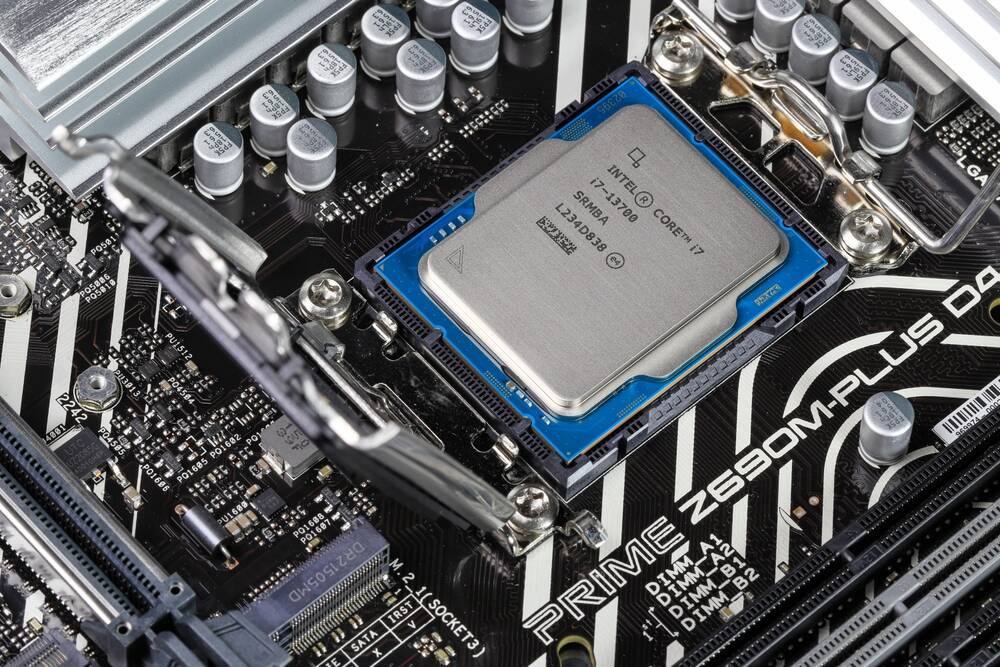Tech
Intel rolls out ‘final’ microcode fix for Raptor Lake CPUs

After what has felt like an eternity, Intel reckons it has finally identified why its 13th and 14th Gen Core series desktop processors have been so unstable.
The issue, known as Vmin shift, has been narrowed this down to a clock tree circuit within the IA core, which, when put under intense heat and voltage, not only causes instability, but long-term damage to the chips.
Reports of system crashes and instability for users with 13th and 14th Gen processors have been highlighted across various online forums and communities. Intel finally admitted that there was a problem back in April, issuing a statement that seemingly blamed motherboard manufacturers for pushing voltages and clock speeds too far, though the company has been actively investigating since February.
Since then, Intel has issued a total of four public statements addressing stability, each time getting closer to the Vmin shift issue within the CPU’s microcode. The chipmaker then issued two microcode updates, 0x125 and 0x129, both of which have been consolidated into the single 0x12B update.
Now Intel has stated that the microcode bug “might” be affecting all 13th and 14th Gen desktop chips with a thermal design power (TDP) of 65 W and higher.
The instability issues have been segmented into four primary operating scenarios that can lead to Vmin shift problems in the affected processors:
There are 28 chips spanning Intel’s 13th and 14th Gen Core families (Raptor Lake and Raptor Lake-R), of which 22 are vulnerable to Vmin shift.
Vmin is the minimum voltage the processor needs to operate at 100 percent stability. While often overlooked, especially when Intel and AMD are pushing silicon to its absolute limits to outdo one another, Vmin is a critical element in ensuring stability and making sure the chip can deliver the performance without succumbing to pesky glitches and crashes.
When microcode isn’t up to scratch, or there’s an inherent design issue within the silicon itself, a negative shift in Vmin can lead to instability. Another factor that can wreak havoc on Vmin is heat – and we all know Intel chips run hot.
In cases where there’s too much voltage pushed through thanks to aggressive Vdroop profiles and motherboard vendors shooting way too high on their defined performance profiles to cover all user CPUs, this can cause irreversible damage to the chips. If that sounds like you, request an RMA.
This was always going to be an issue somewhere down the line in this war between Intel and AMD over who has the fastest chips. Whether a processor can hit 6.2 GHz (we’re looking at you, Core i9-14900KS) for a couple of seconds so the vendor has a marketable tagline is meaningless if the CPU cooks in the process.
The debacle shines a light on Intel’s approach to prioritizing performance over stability, and it’s always the user that suffers in this regard. The time it’s taken for Intel to fully acknowledge the problem, let alone identify the root cause, has been damaging. The flaw is as significant as it gets; it’s costing users money and left many scratching their heads.
With Raptor Lake, it’s time for Intel to admit that chasing GHz over stability is counterproductive. It’s bad enough when a product doesn’t work out of the box, but initially blaming someone else then months later realizing that it’s Intel’s problem will leave a bitter taste for customers. ®









/cdn.vox-cdn.com/uploads/chorus_asset/file/25336519/STK450_EU_G.jpg)